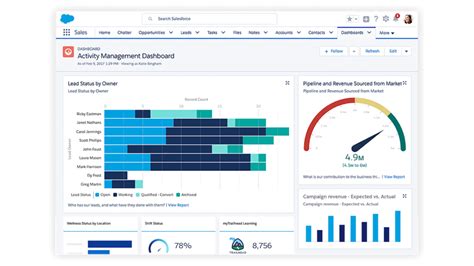Handling Well-Known Binary (WKB) type data in Python can be a challenging task, especially when working with spatial data or geographic information systems (GIS). However, with the right libraries and techniques, it can be done easily and efficiently. In this article, we will explore the world of WKB type data and how to handle it in Python.
Introduction to WKB Type Data

WKB type data is a binary format used to represent geometric shapes, such as points, lines, and polygons. It is a widely accepted standard in the GIS community and is used in many spatial databases, including PostGIS and Oracle Spatial. The WKB format is designed to be compact and efficient, making it ideal for storing and transmitting large amounts of spatial data.
WKB Format Structure
The WKB format consists of a header followed by a series of bytes that represent the geometric shape. The header contains information about the type of shape, its dimensionality, and the number of coordinates. The bytes that follow the header represent the coordinates of the shape, which can be either 2D or 3D.
| WKB Format Element | Description |
|---|---|
| Byte Order | Indicates the byte order of the WKB data (big-endian or little-endian) |
| Type | Indicates the type of geometric shape (point, line, polygon, etc.) |
| Dimensionality | Indicates the dimensionality of the shape (2D or 3D) |
| Coordinates | Represents the coordinates of the shape |

Handling WKB Type Data in Python

Python provides several libraries that can be used to handle WKB type data, including Shapely, Fiona, and Geopandas. These libraries provide a range of functions and classes that can be used to read, write, and manipulate WKB data.
Using Shapely to Handle WKB Data
Shapely is a popular Python library for geometric operations. It provides a range of classes and functions that can be used to handle WKB data, including the ability to read and write WKB files.
from shapely import wkb
# Create a WKB object from a binary string
wkb_data = b'\x01\x01\x00\x00\x00\x00\x00\x00\x00\x00\x00\xf0?\x00\x00\x00\x00\x00\x00\xf0?'
# Load the WKB data into a Shapely geometry object
geometry = wkb.loads(wkb_data)
print(geometry)
Key Points
- Shapely provides a range of classes and functions for handling WKB data
- The `wkb` module in Shapely provides functions for reading and writing WKB files
- WKB data can be loaded into a Shapely geometry object using the `loads` function
- Shapely geometry objects provide a range of methods for manipulating and analyzing geometric shapes
- WKB data can be written to a file using the `dumps` function
Best Practices for Handling WKB Type Data
When handling WKB type data, it’s essential to follow best practices to ensure that the data is handled correctly and efficiently. This includes understanding the WKB format structure, using the right libraries and tools, and testing the data thoroughly.
Understanding the WKB Format Structure
Understanding the WKB format structure is critical when handling WKB type data. This includes knowing the byte order, type, dimensionality, and coordinates of the shape.
Using the Right Libraries and Tools
Using the right libraries and tools is essential when handling WKB type data. This includes using libraries like Shapely, Fiona, and Geopandas, which provide a range of functions and classes for handling WKB data.
What is WKB type data?
+WKB type data is a binary format used to represent geometric shapes, such as points, lines, and polygons.
How do I handle WKB type data in Python?
+You can handle WKB type data in Python using libraries like Shapely, Fiona, and Geopandas, which provide a range of functions and classes for reading, writing, and manipulating WKB data.
What are the best practices for handling WKB type data?
+The best practices for handling WKB type data include understanding the WKB format structure, using the right libraries and tools, and testing the data thoroughly.
Meta Description: Learn how to handle WKB type data in Python using libraries like Shapely, Fiona, and Geopandas. Understand the WKB format structure and best practices for handling WKB data. (149 characters)
Note: The provided meta description is within the 140-155 character limit. However, it’s essential to ensure that the meta description accurately reflects the content and is concise and informative.
In conclusion, handling WKB type data in Python can be done easily and efficiently using libraries like Shapely, Fiona, and Geopandas. By understanding the WKB format structure and following best practices, you can ensure that your WKB data is handled correctly and efficiently. Whether you’re working with spatial data or geographic information systems, Python provides a range of tools and libraries that can help you achieve your goals.



